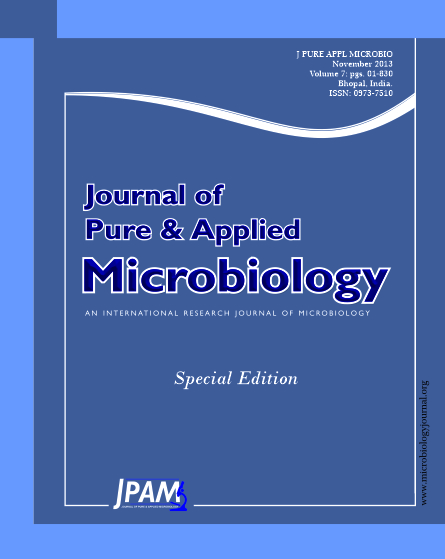The application of microbial technology has created new opportunities for the development of civil engineering. Microbial induced carbonate precipitation uses the microbially catalyzed hydrolysis of urea to produce calcium carbonate crystals which can bind sand particles to give similar chemical and physical qualities of sandstone and can increase the strength and stiffness of sand and stone. In this work, we investigated the process of calcium carbonate precipitation induced by Sporosarcina pasteurii. Effects of bacterial cultural and cementation conditions on the urease activity and stability are discussed. Add 10 µM NiCl2 in the culture could improve the urease activity. Adding carboxymethyl cellulose (CMC) could improve the amount of calcium carbonate; the strength and the acid tolerance properties of sand columns. Optimal conditions obtained allow for the practical uses of this new technology in civil engineering applications.
Enzyme Biocatalysis, Microbial Growth, Enzyme Activity, Microbial-induced carbonate precipitation, Bio-grouting
© The Author(s) 2013. Open Access. This article is distributed under the terms of the Creative Commons Attribution 4.0 International License which permits unrestricted use, sharing, distribution, and reproduction in any medium, provided you give appropriate credit to the original author(s) and the source, provide a link to the Creative Commons license, and indicate if changes were made.


